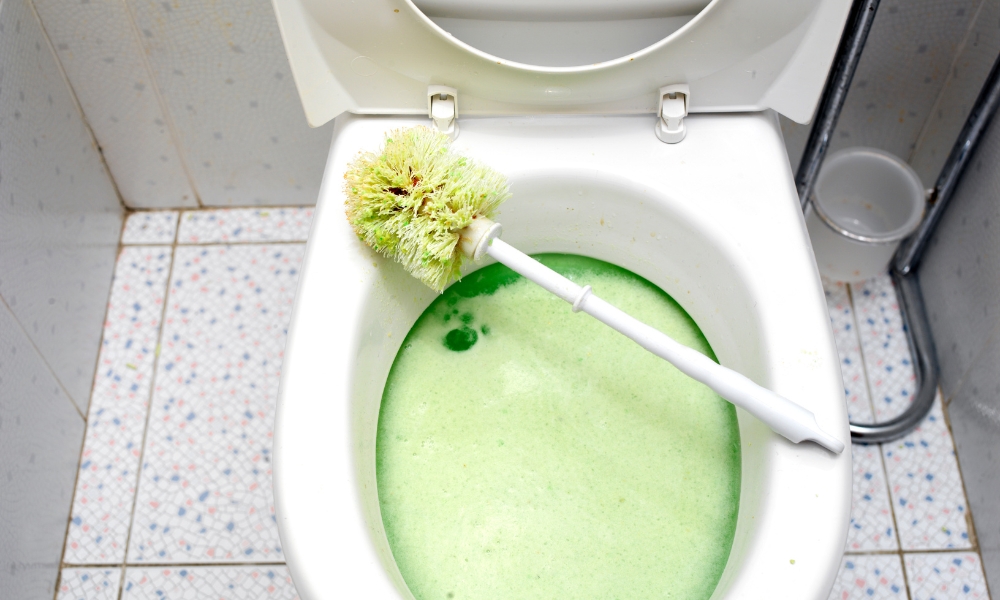Knowing when to replace a toilet brush is essential for maintaining a clean and hygienic bathroom. Regular use of a toilet brush results in wear and tear, making it less effective over time. Additionally, the accumulation of bacteria and grime on the brush can lead to unpleasant odors and potential health hazards. Ideally, a toilet brush should be replaced every six months to ensure optimal performance and cleanliness. By recognizing the signs of deterioration and understanding the importance of timely replacement, you can ensure your bathroom remains sanitary and fresh.
Why Replace The Toilet Brush?
Replacing a toilet brush regularly is crucial for maintaining bathroom hygiene and preventing the spread of bacteria. Over time, toilet brushes accumulate germs, grime, and even mold, making them less effective at cleaning and potentially causing unpleasant odors. A worn-out brush can also damage the surface of your toilet, leading to scratches that harbor bacteria. By replacing your toilet brush at appropriate intervals, you ensure that your cleaning tool remains effective and sanitary, contributing to a healthier bathroom environment.
When To Replace Your Toilet Brush:
1. Visible Wear And Tear
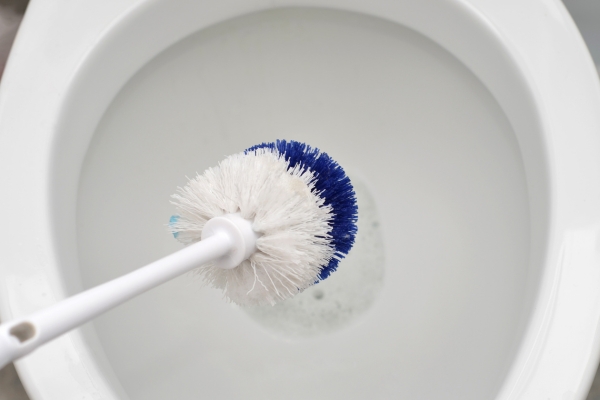
One of the clear indicators that it’s time to replace Clean your Toilet Brush Holder is visible wear and tear. Bristles that are frayed, bent, or missing significantly reduce the brush’s cleaning efficiency. A brush in poor condition cannot adequately scrub the toilet bowl, leaving behind residues that contribute to stains and odors. Regular inspection of your toilet brush can help you identify when the bristles are no longer in good shape, signaling that it’s time for a new one.
2. Unpleasant Odor
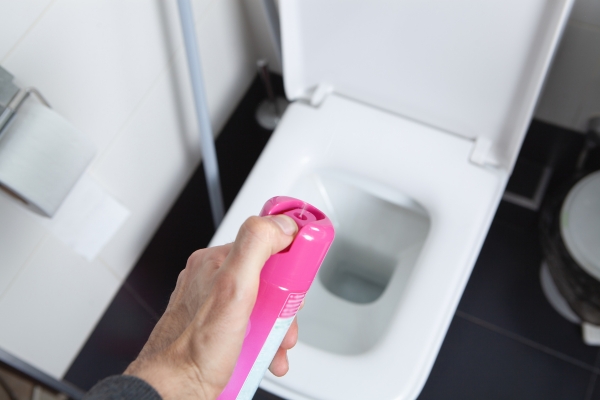
Another sign that you need to replace your toilet brush is the presence of an unpleasant odor. Over time, bacteria and mold can build up within the bristles and handle of the brush, emitting a foul smell even after cleaning. This odor not only indicates that the brush is harboring germs but also suggests that it’s not cleaning effectively. If your toilet brush starts to smell bad despite thorough rinsing, it’s a clear indication that you should replace it to maintain a fresh and hygienic bathroom.
3. Discoloration
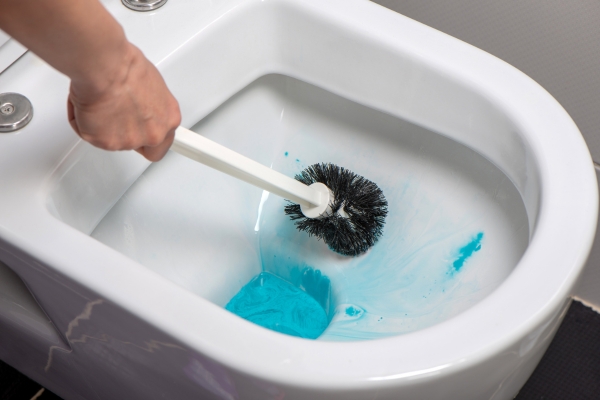
Discoloration is another key sign that it’s time to replace your toilet brush. Over time, the bristles can become stained from frequent exposure to cleaning agents and toilet bowl residues. If you notice that your toilet brush is significantly discolored, it indicates that it has absorbed a substantial amount of grime and bacteria, which diminishes its effectiveness and cleanliness. A brush that has lost its original color is not only unsightly but also a potential breeding ground for germs, warranting its replacement.
4. Frequency Of Use
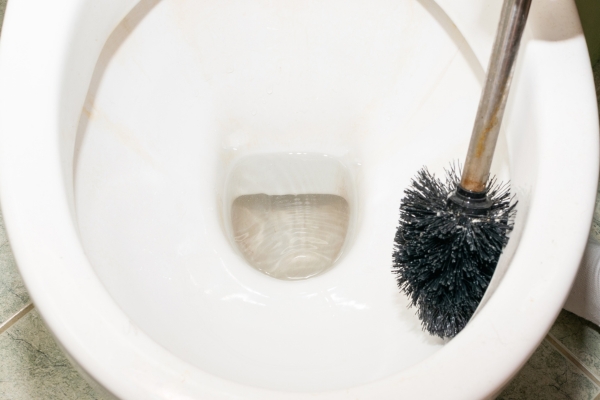
The frequency of use also plays a vital role in determining when to replace your toilet brush. Households with larger families or more frequent usage may need to replace their brushes more often than those with less frequent use. As a general guideline, replacing your toilet brush every six months ensures that it remains effective and hygienic. However, if you notice any signs of wear, odor, or discoloration before this period, it’s wise to replace it sooner to maintain optimal bathroom cleanliness.
5. Ineffective Cleaning

If your toilet brush is no longer cleaning effectively, it’s time for a replacement. An ineffective brush may leave behind stains, residue, and bacteria, undermining your efforts to keep the toilet bowl clean. When you find that scrubbing with your current brush doesn’t result in a spotless toilet, it’s a sign that the bristles have worn out or become too dirty to function properly. Replacing the brush will restore the cleaning power needed to maintain a sanitary bathroom.
Conclusion
Regularly replacing your toilet brush is an essential part of maintaining a clean and hygienic bathroom. Signs such as visible wear and tear, unpleasant odors, discoloration, frequency of use, and ineffective cleaning are all indicators that it’s time for a new brush. By paying attention to these signs and replacing your toilet brush every six months or as needed, you can ensure that your bathroom remains a healthy and pleasant space.
